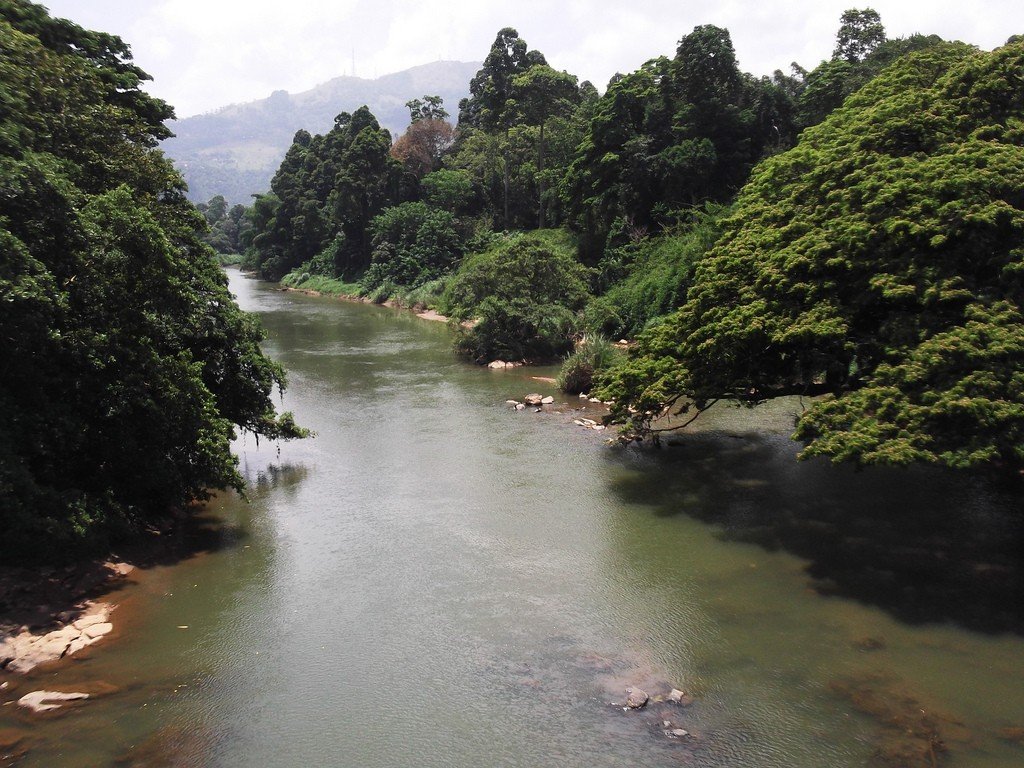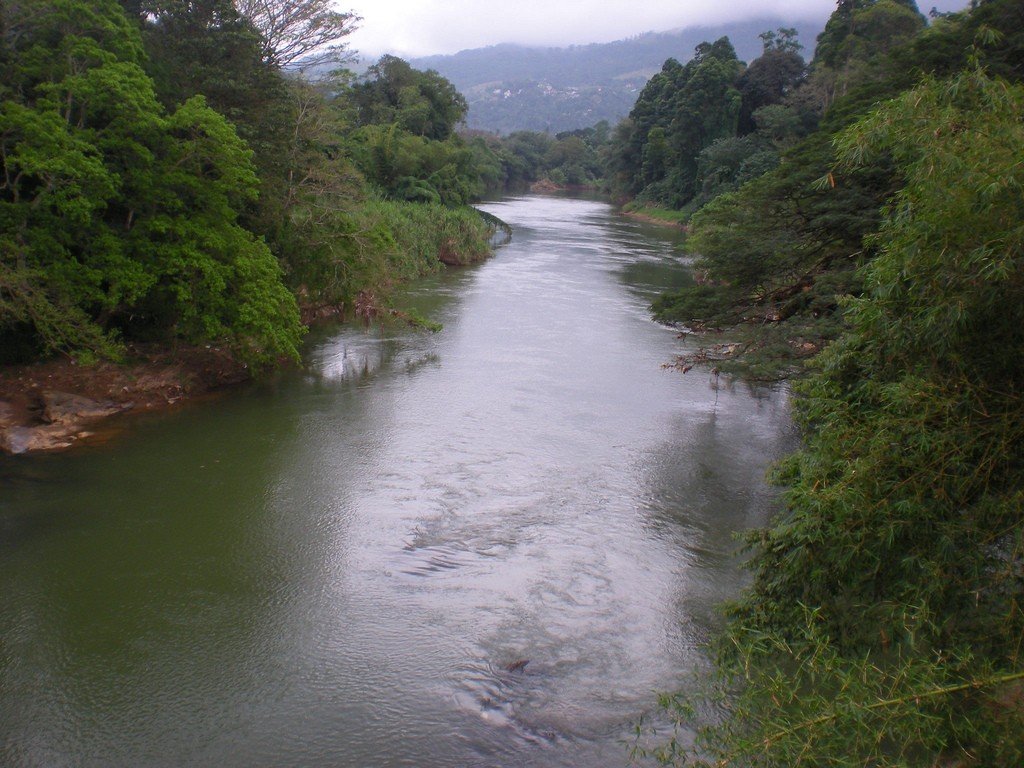Kandy Valley
Kandy is a picturesque valley on the island of Sri Lanka, surrounded on all sides by mountains. The valley is 116 kilometers from Colombo (the capital of Sri Lanka). It is home to the city of Kandy, which is flanked on all sides by the wide Mahaweli River, the Ganga. Eyewitnesses say that from above, the city looks like a diamond in a heart-shaped setting.










History
In the 5th and 2nd centuries B.C., the island of Ceylon (which is what Sri Lanka was called until 1972) was settled by the Sinhalese and Tamils from India.
It is known that from the 3rd to 13th centuries AD, large Sinhalese kingdoms emerged on the island with their capitals first in Anuradhapura, later in Polonnaruwa.
.After the fall of the Polonnaruwa dynasty of Sinhalese monarchs, the capital was moved several times, and by the early 16th century it was located in Kotta.
.In 1505, the Portuguese navigator Lawrence d’Almeida discovered the island of Ceylon. From that point on, the occupation of the island by the Portuguese began, who quickly appreciated Ceylon’s rich resources. In 1590 the Sinhalese rulers, fleeing from the Europeans, went to the mountains and founded a state with its capital in Kandy. For 225 years the state managed to maintain its independence. And only in 1815 the British were able to completely subdue the city. And despite everything, the inhabitants of Kandy preserved the traditions and culture of the Sinhalese people. In 1948, the state of Ceylon gained independence, and in 1972 the Republic of Sri Lanka was proclaimed.
.
According to historians, the city of Kandy was founded in the second half of the 14th century by King Vikramabahu III and was named – Senkadalapura. There are three versions telling where the name of the city came from. The first one says that the city was named in honor of a Brahman Senkand who lived in a cave near the city. The second – in honor of the wife of the first Kandyan king – Senkada. According to the third version, the city got its name from the beautiful Senkadagala stone.
.The modern name Kandy is just the English version of Kanda Uda Rata – which means “city among the mountains”. The locals themselves call the city Maha Nuwara, which translates to “Great City” or “Capital City.”
.
Attractions in the city and valley of Kandy
Sacred Tooth of Buddha
The main attraction of Kandy is the Temple of the Sacred Tooth of Buddha. There is a legend that the tooth was rescued from a funeral pyre by one of Buddha’s followers. And in 311, hidden in her hair, it was brought to the island by Princess Hemamala. In 1590, the Sacred Tooth arrived in Kandy and King Vimala Dharma Surya I ordered a temple to be built for the sacred relic.
.Inside the majestic temple is a kind of golden casket decorated with precious stones. It is in it that the relic is kept. Millions of devotees visit Kandy specifically to worship the shrine. However, it is almost impossible for mere mortals to see the Sacred Tooth – during the service 2 times a day the doors of the altar are opened, and visitors can see from afar… the casket. But! Every year. In August, before the full moon, the relic is mounted on an elephant and taken outside the temple for everyone to see. The Esala Perahera – that’s the name of the procession – involves hundreds of dancers, musicians and acrobats. Thousands of people from all over the world come to Sri Lanka in August to see this amazing spectacle. It is believed that a person who sees the Sacred Tooth of Buddha is purified and will have good luck all year long.
.Lake
In the center of Kandy there is a picturesque lake (remember, I wrote about the diamond). It was dug on the orders of the last king Sri Vikram Rajasinha in 1807. Compatriots were not thrilled with this creation of the king, as they did not see any practical use in it, although they did not deny its beauty. The English, on the other hand, liked the artificial lake. They considered it a great place for recreation.
.
In the center of the lake, the king ordered to make a small island, on which was built the stunning beauty of the Royal Summer Palace.
.Botanical Garden
In the suburb of Kandy city – Peradeniya is the largest in Asia, founded back in 1821, the Royal Botanical Gardens. It’s really worth seeing once than hearing 100 times.
.
The garden has more than 45 thousand species of plants, including many exotic ones – for example, the tree “Elephant’s feet” or Benjamin’s ficus, the crown of which covers an area of almost 2.5 thousand square meters.
.There are also historical trees here – the iron tree of Russian Emperor Nicholas II, the ficus of King Edward VII and the fir tree planted by the first cosmonaut Yuri Gagarin.
.In addition, the Royal Botanic Gardens is famous for its Orchid Zone (over a thousand species), Indoor Plant Zone and Palm Grove. It is said that while strolling through the park, you can see fox wings hanging from the trees in bunches. Oh, and don’t forget to walk across the narrow suspension bridge over the Mahaweli River.
.Elephant Nursery
If you love to observe the world of animals, then we suggest you head to Pinnawela to observe the world of elephants at close range. It is in this suburb of Kandy that the Elephant Nursery is located, where baby elephants who are left without parents are brought. Here they are raised and then sent to zoos around the world or left on the island to do chores. If you’re lucky, you’ll be able to see baby elephants being fed milk from a bottle, as well as being washed.
.